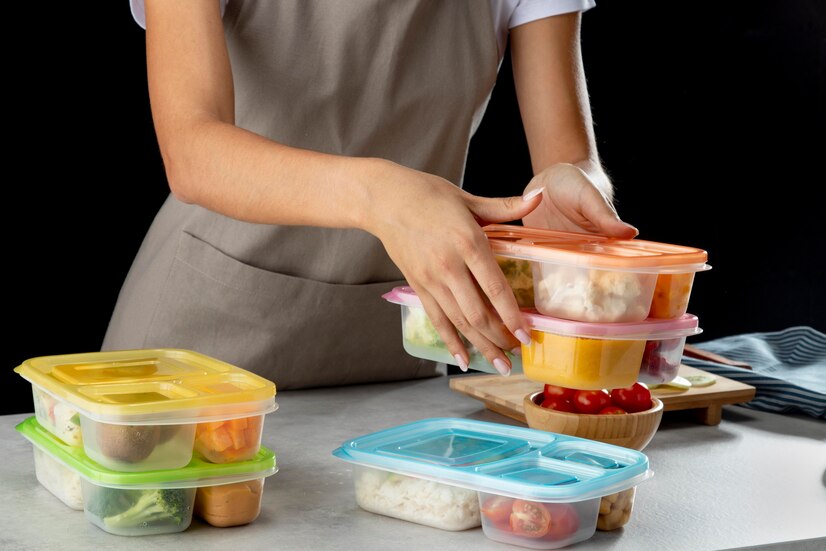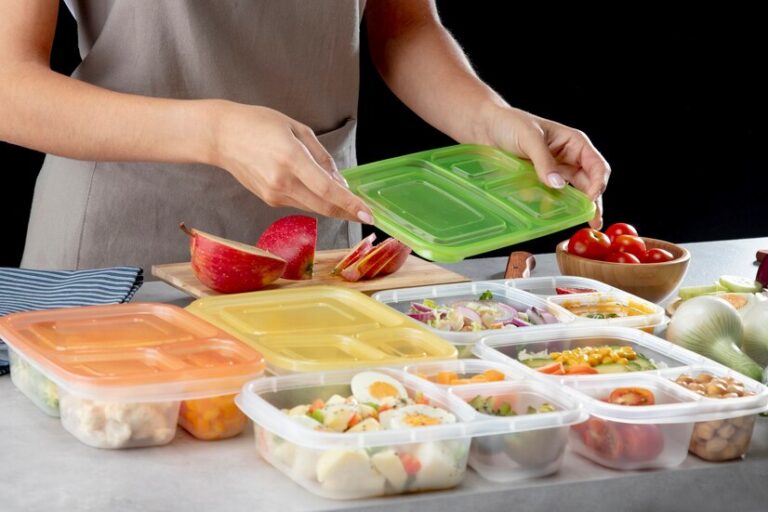Did you know that nearly one-third of all food globally goes to waste each year? On top of that, uneaten food thrown into landfills produces methane—a greenhouse gas 25 times more potent than carbon dioxide. If you’re eco-conscious or just want to save money, learning to preserve leftovers is a simple yet powerful way to combat food waste while getting the most out of your grocery budget.
This guide is packed with practical tips, creative ideas, and sustainable food practices to help you rethink leftovers and reduce food waste. From efficient storage methods to mouth-watering recipe ideas, we’ll show you how preserving leftovers can become second nature—and maybe even fun!
Why Preserving Leftovers is Essential
Preserving leftovers isn’t just about cleaning your plate; it’s about saving resources, money, and time while contributing to a healthier planet. Here’s why it matters:
Save Money and Time
Every meal preserved is one you don’t have to cook from scratch. Stretching your ingredients means fewer grocery trips and more savings over time. Studies show Americans throw away over $1,500 worth of food annually—preserving leftovers could make a big dent in those numbers.
Reduce Food Waste for the Planet
Food entails energy and resources to produce—from planting seeds to transportation. Wasting food means wasting all these resources, too. By preserving leftovers, you’re actively reducing your carbon footprint.
Support Sustainable Food Practices
Choosing to repurpose and store leftovers over discarding them is a small yet impactful habit. It aligns with sustainable food practices that focus on resourcefulness and environmental respect.
Tried-and-True Methods for Preserving Leftovers
1. Refrigeration
Short-term storage begins with mastering your refrigerator strategy.
- Perishable Items: Store items like salads, cooked meats, or dairy-based foods in airtight containers to keep them fresh. Consume them within 3–4 days.
- Stacking Hacks: Use clear, stackable containers so you can quickly identify what needs to be used up first.
- Temperature Tip: Keep your fridge temperature at or below 40°F to slow bacteria growth.
2. Freezing Leftovers Properly
Freezing is perfect for long-term preservation, especially for batch-cooked meals like soups, casseroles, and stews.
- Portion Size: Divide food into meal-sized portions before freezing. It’ll save you time when reheating.
- Labeling: Always label with the content and freezing date to avoid confusion later.
- Storage Bags vs. Containers: Both work, but vacuum-sealed bags remove air while reusable glass containers help maintain quality without plastic waste.
- Thawing: Use the fridge to thaw overnight for best results, or microwave in defrost mode.
3. Canning and Pickling
For those who love projects, canning and pickling are old-school preservation techniques that keep food lastingly delicious.

- Canning: Perfect for sealing fruits, vegetables, and even sauces in airtight jars. All you need is the right equipment and sterilized jars.
- Pickling: Transform leftover veggies into tangy snacks. A simple solution of water, vinegar, sugar, and spices acts as an edible preservative.
Creative Leftover Recipes and Ideas
If you think leftovers are boring, think again. With a little creativity, you can turn yesterday’s dinner into today’s centerpiece.
1. Transform Meals with a Twist
- Cooked Vegetables: Blend into a creamy soup or use as an omelette filling.
- Roast Chicken: Turn it into tacos, chicken salad, or hearty stock.
- Steamed Rice: Use leftover rice for fried rice, burritos, or rice pudding.
2. Incorporate Leftovers into Meal Planning
Plan meals around your leftovers instead of focusing solely on new dishes. For example, a roasted veggie side dish from Tuesday can become the filling for wraps on Wednesday.
3. Smoothie Hacks
Have overripe fruits hanging out in the fridge? Slice and freeze them—they’re great for smoothies or desserts.
Sustainable Storage Solutions
1. Eco-Friendly Containers
Opt for reusable containers made from sustainable materials like glass or stainless steel. They’re durable, washable, and free from chemicals like BPA.
2. Beeswax Wraps and Silicone Bags
Say goodbye to single-use plastic wrap. Beeswax wraps and silicone bags are reusable and great for storing everything from sandwiches to chopped fruit.
3. Proper Storage Techniques
- For Herbs: Wrap fresh herbs in damp paper towels, place in breathable bags, and refrigerate.
- For Bread: Freeze slices for single-use portions, or wrap whole loaves tightly in foil and store in the freezer.
Community and Global Impact
Reducing food waste isn’t just a personal act—it’s a movement. When individuals adopt leftover preservation habits, the ripple effects can be profound.
1. The Power of Collective Action
If everyone reduced food waste by just 25%, we could feed 870 million hungry people every year. Small household efforts aggregate into meaningful global change.
2. Supporting Food Waste Organizations
There are many initiatives and organizations aiming to tackle this issue. For example, platforms like Too Good To Go help rescue surplus restaurant food, and community composting initiatives ensure food waste still serves the planet.
Start Preserving and Make a Difference
Preserving leftovers is more than an eco-conscious habit—it’s a way to save time, money, and resources while contributing to a sustainable future. By implementing these tips, you can make the most of what you already have and reduce your personal food waste footprint.
Are you ready to get started? Share your favorite leftover recipes or preservation tricks in the comments below. And don’t forget to spread the word—together, we can fight food waste to create a better tomorrow!
